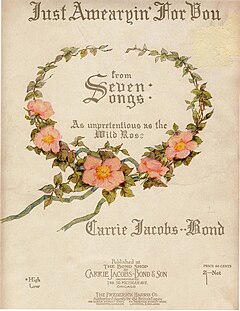
The most general definition of music is the arrangement of sound to create some combination of form, harmony, melody, rhythm, or otherwise expressive content.However, definitions of music vary depending on culture, though it is an aspect of all human societies and a cultural universal. While scholars agree that music is defined by a few specific elements, there is no consensus on their precise definitions. The creation of music is commonly divided into musical composition, musical improvisation, and musical performance, though the topic itself extends into academic disciplines, criticism, philosophy, psychology, and therapeutic contexts. Music may be performed using a vast range of instruments, including the human voice to sing, and thus is often credited for its extreme versatility and opportunity for creativity.
In music theory, the term mode or modus is used in a number of distinct senses, depending on context.
Sheet music is a handwritten or printed form of musical notation that uses musical symbols to indicate the pitches, rhythms, or chords of a song or instrumental musical piece. Like its analogs – printed books or pamphlets in English, Arabic, or other languages – the medium of sheet music typically is paper. However, access to musical notation since the 1980s has included the presentation of musical notation on computer screens and the development of scorewriter computer programs that can notate a song or piece electronically, and, in some cases, "play back" the notated music using a synthesizer or virtual instruments.
Articles related to music include:
In a musical composition, a chord progression or harmonic progression is a succession of chords. Chord progressions are the foundation of harmony in Western musical tradition from the common practice era of Classical music to the 21st century. Chord progressions are the foundation of popular music styles, traditional music, as well as genres such as blues and jazz. In these genres, chord progressions are the defining feature on which melody and rhythm are built.
A chord is in close harmony if its notes are arranged within a narrow range, usually with no more than an octave between the top and bottom notes. In contrast, a chord is in open harmony if there is more than an octave between the top and bottom notes. The more general term spacing describes how far apart the notes in a chord are voiced. A triad in close harmony has compact spacing, while one in open harmony has wider spacing.
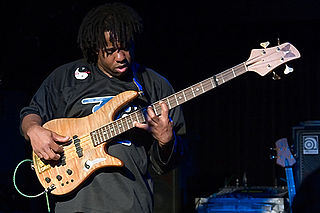
Bassline is the term used in many styles of music, such as blues, jazz, funk, dub and electronic, traditional, and classical music, for the low-pitched instrumental part or line played by a rhythm section instrument such as the electric bass, double bass, cello, tuba or keyboard.

Accompaniment is the musical part which provides the rhythmic and/or harmonic support for the melody or main themes of a song or instrumental piece. There are many different styles and types of accompaniment in different genres and styles of music. In homophonic music, the main accompaniment approach used in popular music, a clear vocal melody is supported by subordinate chords. In popular music and traditional music, the accompaniment parts typically provide the "beat" for the music and outline the chord progression of the song or instrumental piece.
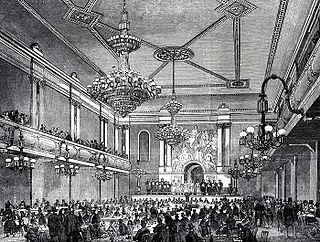
Early British popular music, in the sense of commercial music enjoyed by the people, can be seen to originate in the 16th and 17th centuries with the arrival of the broadside ballad as a result of the print revolution, which were sold cheaply and in great numbers until the 19th century. Further technological, economic and social changes led to new forms of music in the 19th century, including the brass band, which produced a popular and communal form of classical music. Similarly, the music hall sprang up to cater for the entertainment of new urban societies, adapting existing forms of music to produce popular songs and acts. In the 1930s, the influence of American Jazz led to the creation of British dance bands, who provided a social and popular music that began to dominate social occasions and the radio airwaves.
Mixolydian mode may refer to one of three things: the name applied to one of the ancient Greek harmoniai or tonoi, based on a particular octave species or scale; one of the medieval church modes; or a modern musical mode or diatonic scale, related to the medieval mode.

The morna is a music and dance genre from Cape Verde.
A modal frame in music is "a number of types permeating and unifying African, European, and American song" and melody. It may also be called a melodic mode. "Mode" and "frame" are used interchangeably in this context without reference to scalar or rhythmic modes. Melodic modes define and generate melodies that are not determined by harmony, but purely by melody. A note frame, is a melodic mode that is atonic, or has an unstable tonic.

Carrie Minetta Jacobs-Bond was an American singer, pianist, and songwriter who composed some 175 pieces of popular music from the 1890s through the early 1940s.

A level, also "tonality level", Gerhard Kubik's "tonal step," "tonal block," and John Blacking's "root progression," is an important melodic and harmonic progression where melodic material shifts between a whole tone above and a whole tone below the tonal center. This shift can occur to both neighboring notes, in either direction, and from any point of departure. The steps above and below the tonic are often called contrasting steps. A new harmonic segment is created which then changes the tonality but not necessarily the key.

A lead sheet or fake sheet is a form of musical notation that specifies the essential elements of a popular song: the melody, lyrics and harmony. The melody is written in modern Western music notation, the lyric is written as text below the staff and the harmony is specified with chord symbols above the staff.
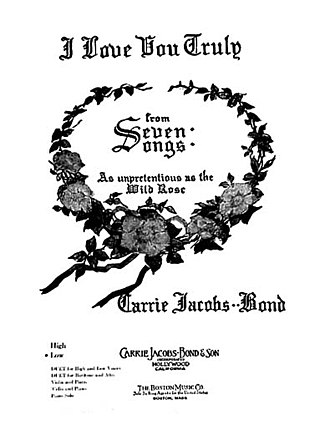
"I Love You Truly" is a parlor song written by Carrie Jacobs-Bond. Since its publication in 1901 it has been sung at weddings, recorded by numerous artists over many decades, and heard on film and television.

The cuatro of Venezuela has four single nylon strings, tuned (ad'f#'b). It is similar in shape and tuning to the ukulele, but their character and playing technique are vastly different. It is tuned in a similar fashion to the traditional D tuning of the ukulele, but the A and B are an octave lower. Consequently, the same fingering can be used to shape the chords, but it produces a different inversion of each chord. A cuatro player is called a cuatrista.
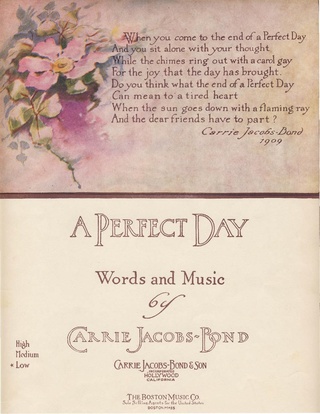
"A Perfect Day" is a parlor song written by Carrie Jacobs-Bond (1862–1946) in 1909 at the Mission Inn, Riverside, California. Jacobs-Bond wrote the lyrics after watching the sun set over Mount Rubidoux from her 4th-floor room. She came up with the tune three months later while touring the Mojave Desert. For many years the Mission Inn played "A Perfect Day" on its carillon at the end of each day.

"Just Awearyin' for You" is a parlor song, one of that genre's all-time hits.
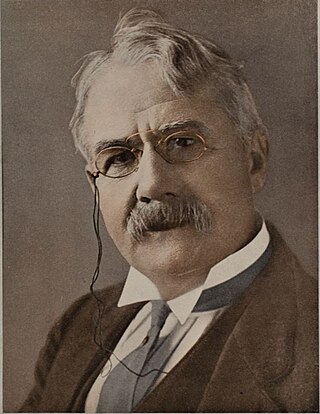
Frank Lebby Stanton, frequently credited as Frank L. Stanton, Frank Stanton or F. L. Stanton, was an American lyricist.
